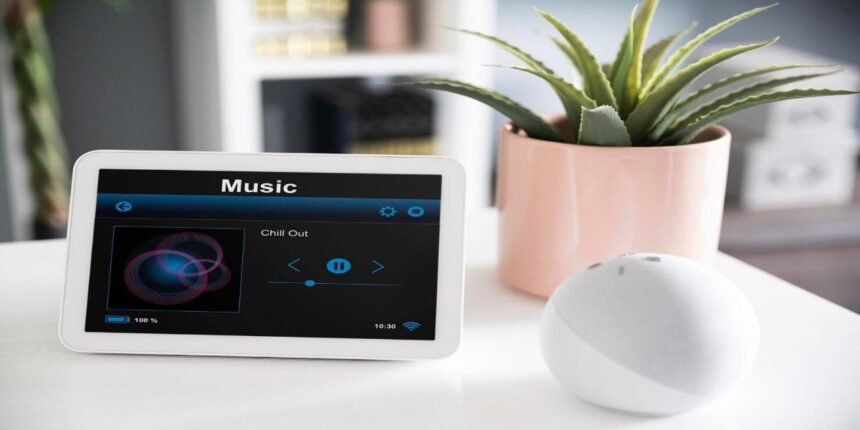As our loved ones age, many families face difficult questions about how to ensure their safety while preserving their cherished independence. The solution might be closer than you think—right inside the home itself. Modern smart home solutions are revolutionizing elderly care by creating safer, more comfortable living environments that allow seniors to age in place with confidence.
These innovative technologies aren’t just gadgets; they’re lifelines that connect seniors with their families and caregivers while providing peace of mind for everyone involved. From automated lighting systems to health monitoring devices, smart home solutions offer practical ways to enhance daily living for older adults.
Enhanced Safety Through Intelligent Monitoring
Safety concerns top the list of worries for families with aging relatives. Smart home solutions address these concerns head-on with sophisticated monitoring systems that work around the clock.
Motion sensors strategically placed throughout the home can detect unusual patterns or extended periods of inactivity, automatically alerting family members or caregivers when something seems amiss. Smart doorbells with video capabilities allow seniors to see and speak with visitors before opening the door, reducing the risk of unwanted intrusions.
Fall detection technology has become particularly valuable, with wearable devices and smart flooring systems that can immediately notify emergency contacts when a fall occurs. These systems can mean the difference between a minor incident and a life-threatening emergency.
Comfort Redefined with Automated Living
Modern smart home solutions transform daily routines into effortless experiences. Voice-activated assistants help seniors control lights, adjust thermostats, and even make phone calls without having to navigate complex interfaces or reach difficult switches.
Smart thermostats learn household patterns and adjust temperatures automatically, ensuring optimal comfort while reducing energy costs. Automated lighting systems can brighten pathways during nighttime bathroom trips, significantly reducing the risk of accidents in low-light conditions.
These comfort-focused technologies eliminate many of the physical challenges that can make independent living difficult, allowing seniors to maintain their routines with minimal physical strain.
Preserving Independence Through Smart Design
Perhaps the greatest gift smart home solutions offer is the preservation of independence. Rather than requiring constant human assistance, these systems empower seniors to manage their daily lives confidently.
Medication reminder systems ensure prescriptions are taken on schedule, while smart appliances can be programmed to shut off automatically if left unattended. Door locks can be controlled remotely, allowing trusted family members or caregivers to enter during emergencies without seniors having to physically answer the door.
Smart home solutions create a supportive environment that adapts to individual needs rather than forcing lifestyle changes, making the transition to assisted technology feel natural and empowering.
Advanced Health Monitoring Made Simple
Health management becomes increasingly important with age, and smart home solutions excel at making this process more manageable. Wearable devices track vital signs, sleep patterns, and activity levels, providing valuable data to healthcare providers and family members.
Smart pill dispensers not only remind seniors when to take medications but also track whether doses have been taken, alerting caregivers if medications are missed. Some systems can even detect changes in walking patterns or daily routines that might indicate health concerns.
These monitoring capabilities enable proactive healthcare management, often catching potential issues before they become serious problems.
Conclusion
Smart home solutions represent more than technological advancement—they offer a path toward dignified aging that honors both safety and independence. As these technologies continue to evolve, they’re becoming more affordable and user-friendly, making them accessible to a broader range of families.
The key to successful implementation lies in choosing systems that match individual needs and comfort levels. Start small with one or two devices, then gradually expand as confidence grows. With proper planning and gradual integration, smart home solutions can transform any residence into a supportive, safe haven where seniors can thrive.







